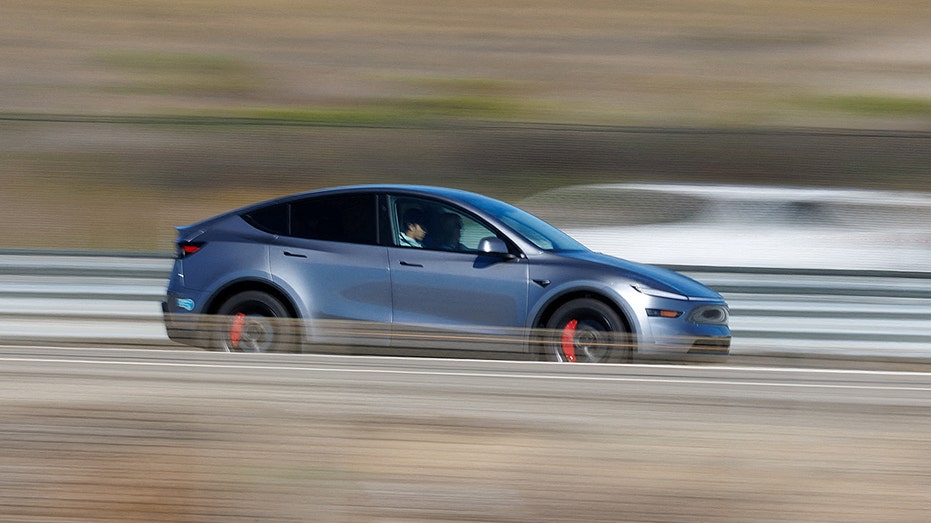Tesla Reintroduces ‘Mad Max’ Mode in Latest Self-Driving Update, Sparks Debate on Safety and Innovation

Tesla has reignited public interest with the return of its controversial ‘Mad Max’ mode in the latest Full Self-Driving (FSD) update, raising questions about safety, driver behavior, and the company’s ongoing push toward autonomous vehicles.
Revival of a Bold Driving Profile
The recent release of Tesla’s FSD v14.1.2 follows last year’s major update, which introduced “Sloth Mode” for more cautious driving. Contrasting sharply with that, Mad Max mode brings an aggressive driving style, allowing higher speeds, rapid lane changes, and quicker accelerations. Originally launched in 2018 for the original Autopilot system, the feature was designed by Elon Musk as suitable for navigating aggressive city traffic, and its name draws inspiration from the post-apocalyptic film series, emphasizing its daring nature.
Immediate Driver Reactions and Behavior
After the update went live, drivers quickly reported observing Teslas in Mad Max mode running stop signs and exceeding speed limits. This assertive behavior underscores the mode’s potential to make driving feel more natural for some users seeking a more dynamic experience. However, critics express concern that such aggressive profiles could encourage risky maneuvers, especially as regulators like the National Highway Traffic Safety Administration (NHTSA) and California DMV scrutinize Tesla’s driver-assist systems.
- ScienceSoft: Leading Blockchain Implementation and Development Services
-
Hackers Exploit iCloud Calendar to Launch Sophisticated Phishing Attacks

-
10 Essential Tech Upgrades to Enhance Your Time Management, Privacy, and Savings This Year

- Apple Raises Monthly Price of Apple TV+ to $13 Amid Growing Popularity
Strategic Implications for Tesla
The reintroduction of Mad Max mode appears to serve multiple purposes. It demonstrates Tesla’s ongoing development efforts and appeals to enthusiasts who favor speed and assertiveness. At the same time, it signals Tesla’s ambition to achieve Level 4 autonomy, even though current systems still require constant driver supervision at Level 2. This move might be a way for Tesla to showcase progress, but it also raises safety concerns amid ongoing investigations and lawsuits related to its driver-assist features.
Driving Experience and Safety Tips
Owners of Tesla vehicles equipped with Full Self-Driving (Supervised) can activate Mad Max mode through the vehicle’s settings under Speed Profiles. This profile offers a more aggressive driving style, characterized by rapid acceleration, frequent lane changes, and minimal hesitation. Despite the thrill, drivers must remember that Tesla’s FSD system is not fully autonomous; active attention, hands on the wheel, and readiness to intervene remain essential at all times.
For other road users, maintaining vigilance is crucial. Vehicles operating in Mad Max mode may behave unpredictably, accelerating or changing lanes unexpectedly. Allowing extra space around Tesla vehicles can help prevent accidents and ensure safer sharing of the road.
Public and Regulatory Response
The return of Mad Max mode fuels the ongoing debate about the balance between innovation and safety in autonomous driving technology. While some enthusiasts appreciate the enhanced driving experience, safety advocates and regulators remain cautious about promoting such assertive profiles in vehicles still under evaluation. Tesla’s strategy continues to push the boundaries, but the path to fully autonomous vehicles remains complex and controversial.
For more insights on vehicle safety and autonomous driving developments, visit official sources such as the National Highway Traffic Safety Administration or Tesla’s support page.
